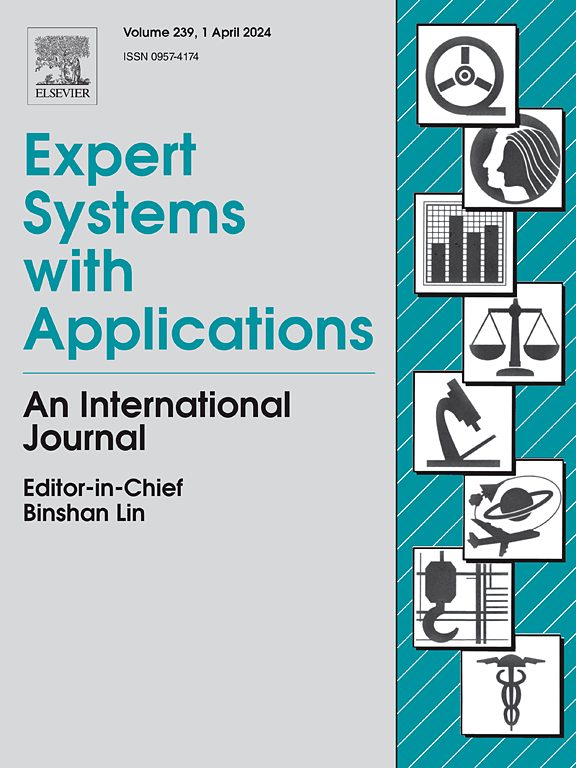Two-dimensional logistic regression model of the white effect in printed media
IF 7.5
1区 计算机科学
Q1 COMPUTER SCIENCE, ARTIFICIAL INTELLIGENCE
引用次数: 0
Abstract
The White effect is one of the most pronounced psychophysical effects causing false color perception of observed elements. This effect frequently appears in graphic reproductions during the printing process. Thus, effectively managing the White effect is crucial for achieving desired visual outcomes and avoiding unintended ones. This study examines the behavior of the White psychophysical visual effect of induction and assimilation on various White grid variations in printed media. An experiment was conducted with 38 participants, and it was found that the effect is influenced by two parameters: grid coverage percentage and the brightness of rectangular elements. Focus is given to situations where the White effect is visible (ΔL > 1), and a logistic regression model of visible differences is presented. This model allows for determining the probability of the White effect’s appearance in printed media, depending on grid coverage percentage and brightness parameters. The logistic regression model enables the identification and classification of White grid types in which the effect is noticeable. The study’s findings facilitate the identification of the White effect in printed media.
印刷媒体白色效应的二维logistic回归模型
白色效应是最显著的心理物理效应之一,导致观察到的元素产生错误的颜色感知。在印刷过程中,这种效果经常出现在图形复制中。因此,有效地管理白色效果对于实现预期的视觉效果和避免意想不到的效果至关重要。本研究考察了白色心理物理视觉效应对印刷媒体中各种白色网格变化的诱导和同化行为。对38名参与者进行了实验,发现效果受网格覆盖率和矩形元素亮度两个参数的影响。聚焦于白色效果可见的情况(ΔL >;1),并提出了一种可见差异的logistic回归模型。该模型允许根据网格覆盖率百分比和亮度参数确定印刷介质中出现白色效应的概率。逻辑回归模型使白网格类型的识别和分类,其中效果是明显的。这项研究的发现有助于识别印刷媒体中的怀特效应。
本文章由计算机程序翻译,如有差异,请以英文原文为准。
求助全文
约1分钟内获得全文
求助全文
来源期刊

Expert Systems with Applications
工程技术-工程:电子与电气
CiteScore
13.80
自引率
10.60%
发文量
2045
审稿时长
8.7 months
期刊介绍:
Expert Systems With Applications is an international journal dedicated to the exchange of information on expert and intelligent systems used globally in industry, government, and universities. The journal emphasizes original papers covering the design, development, testing, implementation, and management of these systems, offering practical guidelines. It spans various sectors such as finance, engineering, marketing, law, project management, information management, medicine, and more. The journal also welcomes papers on multi-agent systems, knowledge management, neural networks, knowledge discovery, data mining, and other related areas, excluding applications to military/defense systems.
 求助内容:
求助内容: 应助结果提醒方式:
应助结果提醒方式:


